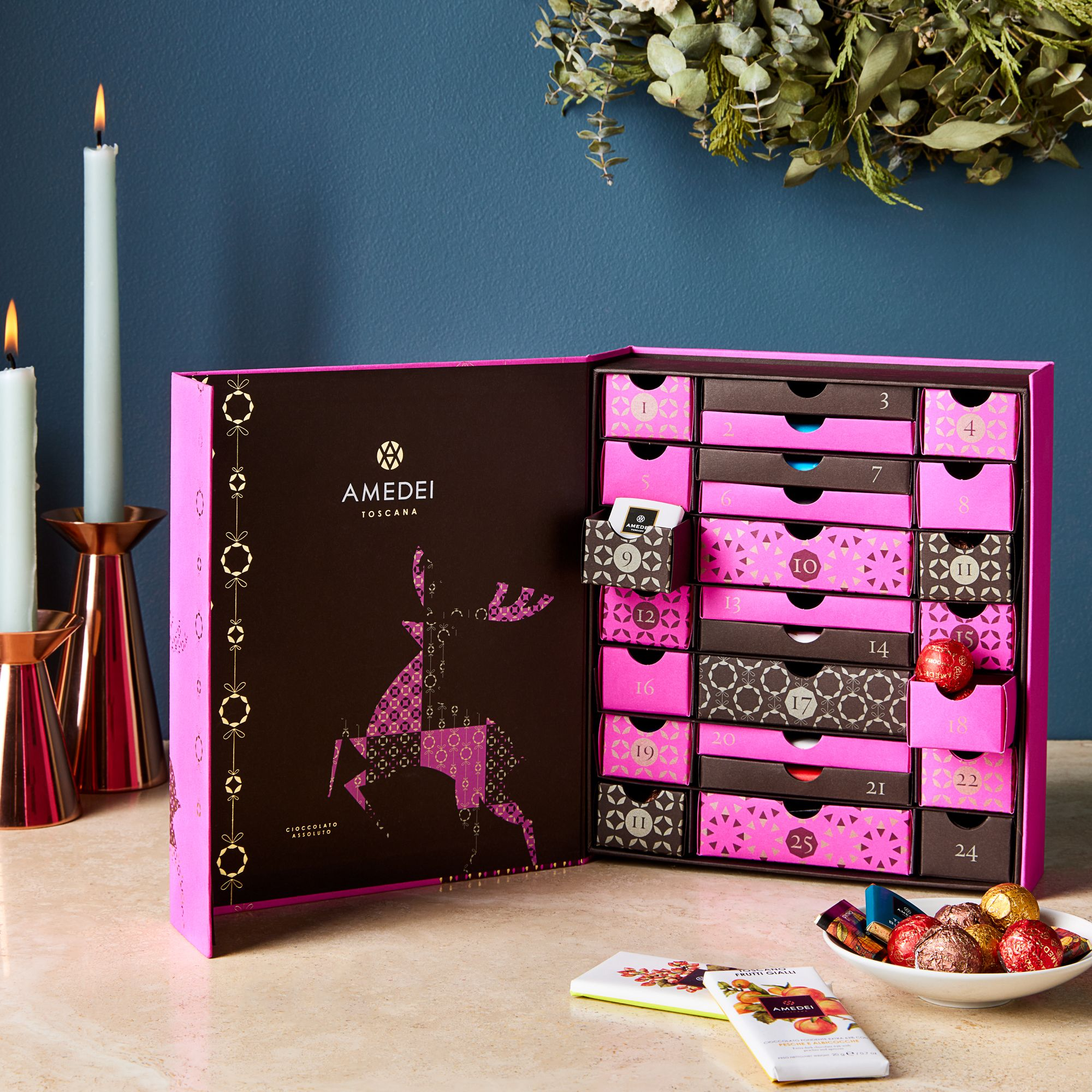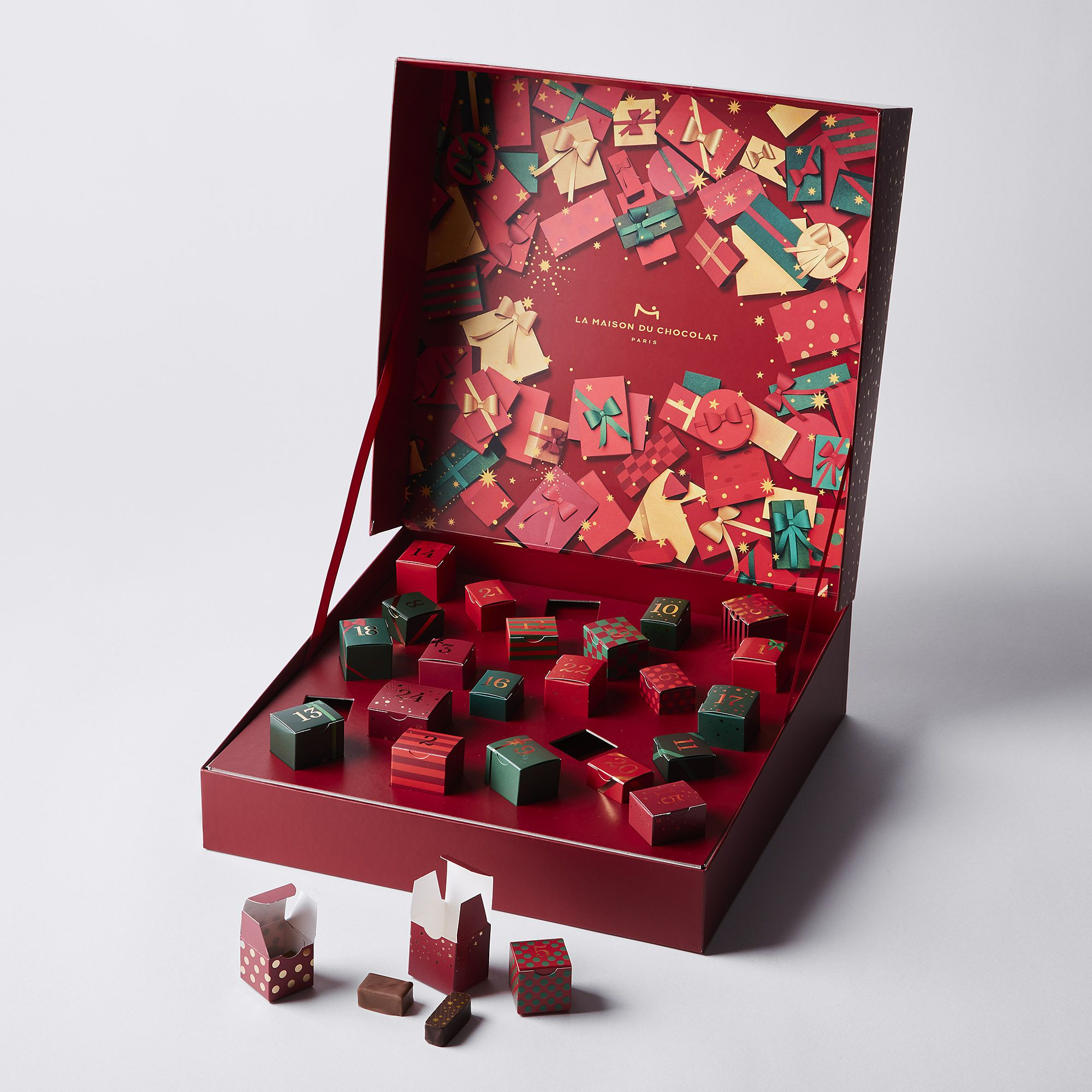- All
- Product Name
- Product Keyword
- Product Model
- Product Summary
- Product Description
- Multi Field Search
Views: 205 Author: XianDa Publish Time: 2025-02-03 Origin: Site

Content Menu
● The Sweet Legacy of Heart-Shaped Chocolate Boxes
● The Birth of the Heart-Shaped Chocolate Box
● The Victorian Era and Chocolate's Rise
● The Role of Women in Gift-Giving
● Cadbury's Marketing Innovations
● The Chocolate Box Factory: A New Era
● Key Features of Modern Chocolate Box Factories:
● The Global Influence of Heart-Shaped Boxes
● The Evolution of Chocolate Packaging
● The Future of Heart-Shaped Chocolate Boxes
The heart-shaped chocolate box has become an iconic symbol of love and affection, particularly around Valentine's Day. This delightful confectionery packaging is not just a vessel for chocolates; it represents a rich history intertwined with marketing genius, cultural shifts, and the evolution of chocolate itself. The story begins in the mid-19th century with Richard Cadbury, a member of the renowned Cadbury family, who played a pivotal role in popularizing this romantic gift.
In the early 1840s, Richard Cadbury began experimenting with chocolate-making techniques that would soon revolutionize the industry. By 1861, he introduced the first heart-shaped chocolate box as part of a marketing strategy to capitalize on the growing popularity of Valentine's Day. This box was filled with an assortment of chocolates and beautifully decorated, making it not only a treat but also a keepsake. Recipients often kept the boxes to store sentimental items like letters and trinkets, further embedding them into the culture of gift-giving.Heart-Shaped Chocolate Box
The Victorian era was marked by significant social changes, including attitudes towards love and romance. During this time, chocolates became increasingly popular as gifts, particularly among the upper classes. Richard Cadbury's heart-shaped box perfectly aligned with these cultural shifts. The decorative aspects of the boxes, which featured intricate designs and illustrations, appealed to the Victorian sensibilities that valued aesthetics in gift-giving.


During the Victorian period, women played a crucial role in shaping social customs, including gift-giving practices. Chocolates were often seen as an appropriate gift for women from men, symbolizing affection and admiration. The heart-shaped box became a favored choice because it conveyed not only sweetness but also an emotional connection. This trend continued into the 20th century as chocolate gifting evolved into a staple for romantic occasions.
Richard Cadbury was not just a chocolatier; he was also a marketing pioneer. He understood that packaging could enhance the appeal of his products. By using beautiful imagery and innovative designs for his chocolate boxes, he transformed them into desirable gifts that were perfect for expressing love and affection. This approach not only boosted sales but also established a new standard for how chocolates were presented.
The artistry involved in creating these boxes cannot be understated. Cadbury employed skilled artists to design intricate patterns and romantic motifs that would attract consumers' attention. These designs often included floral patterns, cherubs, and other symbols associated with love and romance. As competition grew among chocolate manufacturers, packaging became an essential aspect of branding.
As demand for heart-shaped chocolate boxes grew, so did the need for efficient production methods. This led to the establishment of specialized chocolate box factories. These factories focused on creating high-quality packaging that complemented the luxurious nature of chocolates inside. The combination of artisanal chocolate-making and factory production allowed for greater accessibility to these romantic gifts.
Automation: Modern factories utilize advanced machinery to streamline production processes while maintaining quality.
Customization: Many factories offer customizable options for businesses looking to create unique packaging tailored to specific occasions or themes.
Sustainability: With growing environmental concerns, many chocolate box factories are adopting eco-friendly practices such as using recyclable materials and reducing waste.
Chocolate Box Factory


While Richard Cadbury is credited with popularizing the heart-shaped chocolate box in England, its influence has spread globally. Today, various cultures have embraced this romantic gesture, adapting it to their traditions and preferences. In countries like Japan and France, heart-shaped boxes filled with exquisite chocolates have become staples for romantic occasions.
In Japan, for instance, Valentine's Day has taken on unique characteristics where women give chocolates to men as a sign of affection or gratitude. The concept of "giri-choco" (obligation chocolate) has also emerged, where women give chocolates to male colleagues or friends without romantic intentions. Conversely, men reciprocate on White Day (March 14) by giving gifts back to those who gave them chocolates.In France, known for its rich culinary tradition, heart-shaped boxes are often filled with gourmet chocolates crafted by master chocolatiers. These boxes are not only seen as gifts but also as expressions of art and craftsmanship.
Over time, chocolate packaging has evolved significantly from simple paper wrappers to elaborate designs that reflect modern aesthetics and consumer preferences. Initially simple paper wrappers gave way to more elaborate designs as manufacturers sought to attract consumers' attention on crowded store shelves.
Today's chocolate boxes often feature:
Luxury Materials: Velvet, satin, embossed cardboard, and even glass are commonly used materials that elevate the unboxing experience.
Innovative Designs: Some boxes are designed to be reusable or transform into decorative items after the chocolates have been enjoyed.
Branding Elements: Companies invest in unique branding strategies that reflect their identity through packaging while ensuring that their products stand out in a competitive market.
Modern Chocolate Packaging
As we look toward the future, heart-shaped chocolate boxes will likely continue evolving alongside trends in consumer preferences and sustainability efforts. With increasing awareness about environmental issues, consumers are becoming more conscious about their purchases.
Many companies are now prioritizing eco-friendly practices by:
Using biodegradable or recyclable materials for packaging.
Reducing plastic usage in favor of sustainable alternatives.
Implementing responsible sourcing practices for ingredients used in chocolates.
These efforts not only appeal to environmentally conscious consumers but also contribute positively to brand reputation.
The heart-shaped chocolate box has transcended its original purpose as merely a container for sweets; it has become a symbol of love and affection recognized worldwide. Richard Cadbury's innovative approach not only changed how chocolates were marketed but also influenced gift-giving traditions that persist today.As we celebrate love through these delightful confectioneries, it is essential to acknowledge the rich history behind them and how they continue to evolve within our culture. From their humble beginnings in Victorian England to their status as global symbols of romance today, heart-shaped chocolate boxes will undoubtedly remain cherished tokens of affection for generations to come.


Who created the first heart-shaped chocolate box?
Richard Cadbury introduced it in 1861 as part of his marketing strategy for Valentine's Day.
What materials are modern chocolate boxes made from?
They often use luxury materials like velvet, satin, or high-quality cardboard.
How did Victorian culture influence chocolate gifting?
The Victorian era emphasized romantic gestures and aesthetics in gift-giving, making chocolates a popular choice.
What role do chocolate box factories play today?
They specialize in producing high-quality packaging that enhances the appeal of chocolates while adopting sustainable practices.
Are heart-shaped chocolate boxes popular worldwide?
Yes, they have become a global symbol of romance and are embraced by various cultures during special occasions.